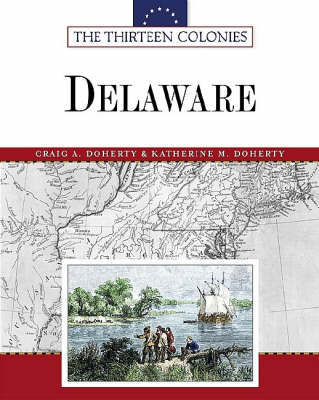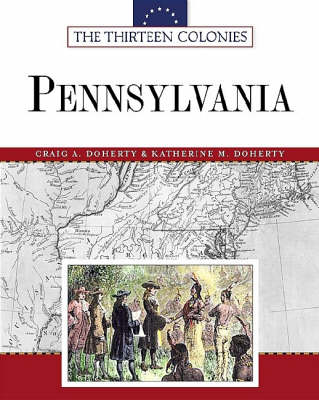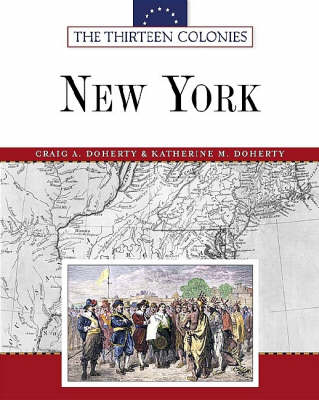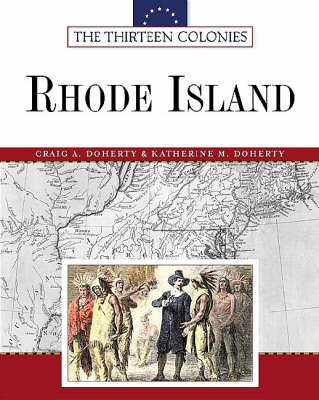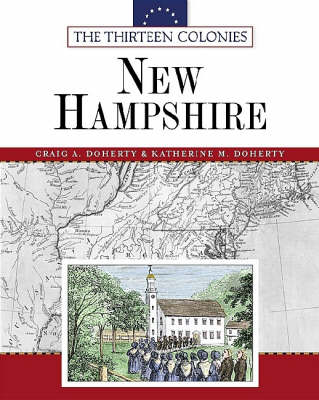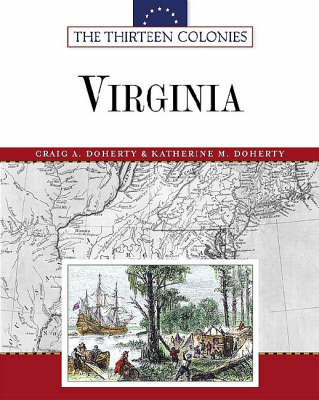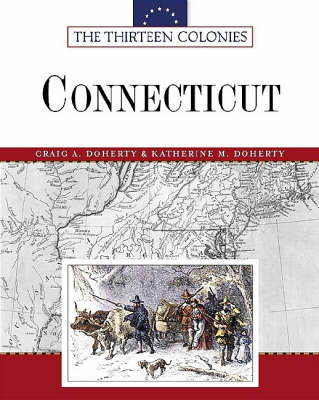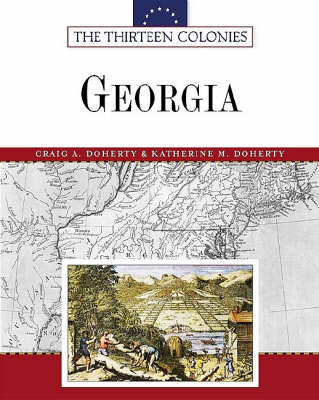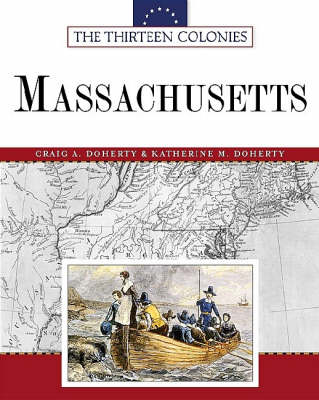Thirteen Colonies
19 total works
South Carolina. the Thirteen Colonies.
by Craig A Doherty and Katherine M. Doherty
Massachusetts. the Thirteen Colonies.
by Craig A Doherty and Katherine M. Doherty
Virginia. the Thirteen Colonies.
by Craig A Doherty and Katherine M. Doherty
Maryland. the Thirteen Colonies.
by Craig A Doherty and Katherine M. Doherty
Connecticut. the Thirteen Colonies.
by Craig A Doherty and Katherine M. Doherty
Georgia. the Thirteen Colonies.
by Craig A Doherty and Katherine M. Doherty


